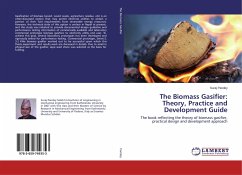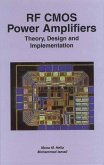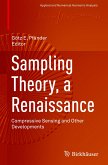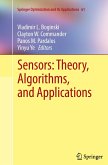Gasification of biomass (wood, wood waste, agriculture residue, etc) is an often-discussed option that may permit electrical utilities to obtain a portion of their fuel requirements from renewable energy resources. However, the technical state of this option is unclear in Nepal at present, and this study was initiated to provide documented design guideline and performance testing information of commercially available and laboratory commercial prototype biomass gasifiers to electricity utility end user. To achieve this goal, several laboratory prototypes has been developed and rigorously tested for performance testing. Commercial prototype, Series-3, 3.2 kWe biomass gasifier worked out to be successful upon which this thesis experiment and results work are discussed in details. Due to small in physical size of the gasifier, lapsi seed stone was selected as the basis for fuelling.
Bitte wählen Sie Ihr Anliegen aus.
Rechnungen
Retourenschein anfordern
Bestellstatus
Storno








